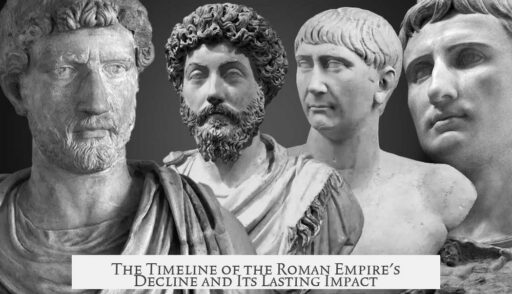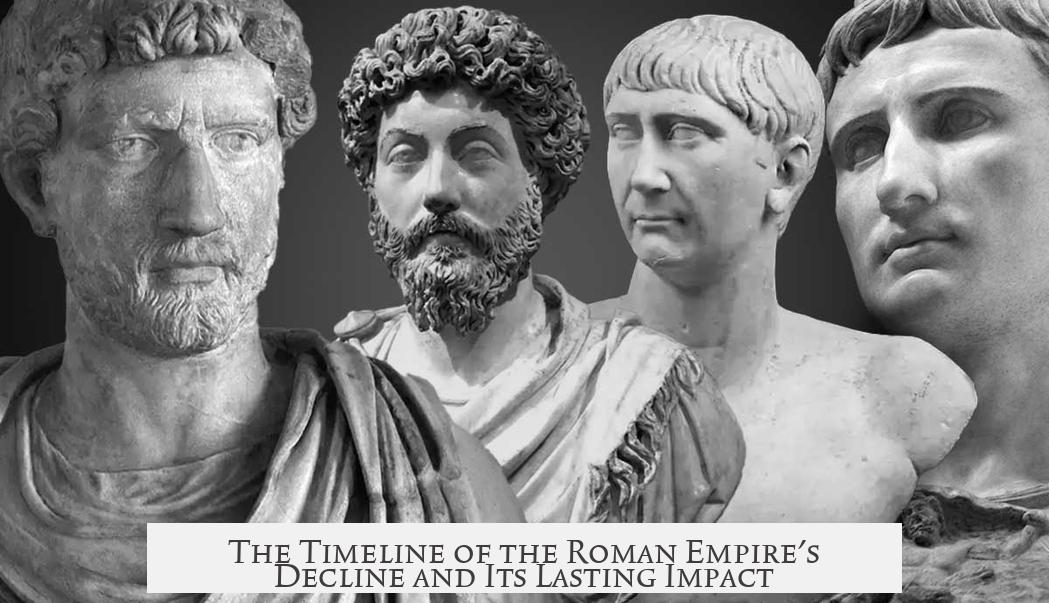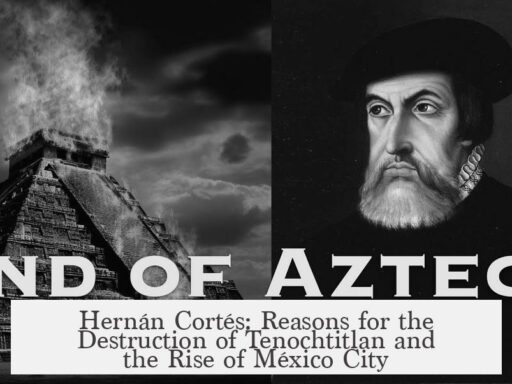The fall of the Roman Empire is not a single event but a gradual process that took centuries, spanning roughly from the mid-2nd century AD to 1453 AD. Traditional markers like the deposition of the last Western emperor in AD 476 or the fall of Constantinople in 1453 only capture parts of this long decline.
The Empire begins traditionally with the founding of Rome in 753 BC. However, the Roman state evolved through the Republic founded in 509 BC, then into the Empire proper in either 44 BC or 27 BC. This extensive history lasted over two millennia depending on definitions.
The decline originates around the Crisis of the Third Century, starting after Emperor Marcus Aurelius’s death in AD 180. This period showed signs of destabilization, including political chaos, economic hardship, and external threats. Despite some recoveries under rulers like Septimius Severus and Constantine I, the Empire struggled to maintain unity.
- The Empire split permanently in AD 395, following Emperor Theodosius I’s death.
- The Western Roman Empire weakened rapidly, burdened by barbarian invasions and internal strife.
- The Eastern Roman Empire (Byzantine) remained stronger, richer, and better equipped against threats.
The traditional “fall” of the Western Roman Empire is dated to AD 476 when Romulus Augustulus was deposed. However, some argue that Roman infrastructure and authority lingered until the death of Ostrogothic ruler Theodoric in AD 526. By then, rulers such as Odoacer and Theodoric did not assume the title of emperor, signaling that the Western Empire as a Roman state ended with Romulus.
After 476, the Eastern Roman Empire continued as the Byzantine Empire. Under Emperor Justinian I (6th century), the Byzantine Empire briefly reconquered parts of the West. However, starting in the 7th century, it lost significant territory to rising Islamic powers.
Despite losing lands, the Byzantine Empire revived under Macedonian and Komnenoi dynasties, regaining influence. This resurgence ended with the Fourth Crusade in 1204, when Constantinople was sacked. The Empire fragmented into satellite states such as Trebizond and Nicaea.
Though the Palaiologos dynasty recaptured Constantinople in 1261, the Empire never fully recovered. It steadily declined until 1453, when the Ottoman Turks captured Constantinople. This event marked the final fall of the Roman political entity.
| Phase | Approximate Dates | Significance |
|---|---|---|
| Founding of Rome | 753 BC | Traditional start of Roman civilization |
| Roman Republic | 509 BC | Start of Roman republican governance |
| Roman Empire proper begins | 44–27 BC | Transition to imperial rule under Julius Caesar/Octavian |
| Crisis of the Third Century | AD 180–284 | Beginning of long-term decline |
| Permanent East-West division | AD 395 | Political split weakening Western Empire |
| Fall of Western Empire | AD 476 | Deposition of Romulus Augustulus |
| Fall of Byzantine Empire | AD 1453 | Ottoman conquest of Constantinople |
Estimates on the “duration” of the Roman Empire vary depending on the criteria used. If measured from ancient Rome’s founding (753 BC) to the fall of Byzantine successor states (1461 AD), it lasted over 2200 years. The Roman Empire as a continuous autocracy lasted about 1500 years from 44 BC to 1461 AD. The period of a powerful, relatively united Republic or Empire generally spans 250 BC to 395 AD, around 645 years.
The decline of Rome spans centuries. It starts with internal crises and external pressures in the 2nd and 3rd centuries, continues through the fragmentation of the empire, and culminates with the fall of Constantinople in 1453. Each phase reflects a step in the dissolution of Roman unity and power.
- The fall was a slow, complex process, not a single event.
- The Western Roman Empire ended in AD 476 with the last emperor’s deposition.
- The Eastern Roman Empire (Byzantine) lasted nearly a thousand years more, falling in 1453.
- Definitions of Rome’s duration depend on political and historical perspectives.
- The Empire evolved through Republic, Imperial unity, division, and Eastern continuation.
How Long Did It Take for the Roman Empire to “Fall”?
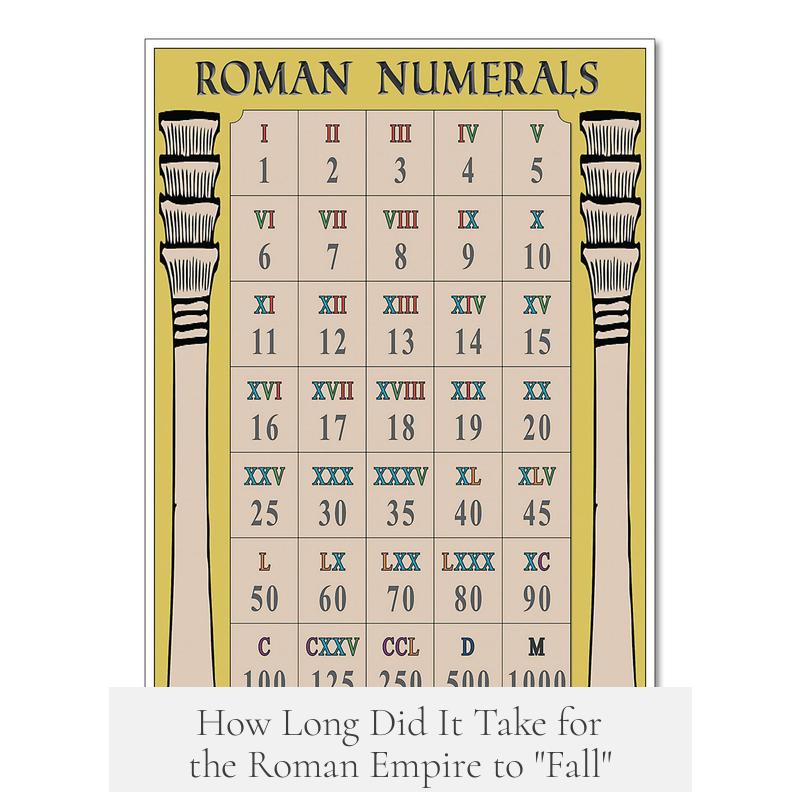
The fall of the Roman Empire was not like a snapped twig— it was more like an ancient tree slowly wilting over centuries. It didn’t happen overnight, nor did it have one exact “fall date.” Instead, Rome experienced a long, complex decline spanning hundreds of years, with twists that keep historians debating to this day.
So how long did it actually take for the Roman Empire to “fall”? The short answer: it depends on which part you mean and how you define ‘fall.’
The Roman Empire’s Beginning: Setting the Stage
To understand its fall, let’s glance at how Rome began. According to tradition, Rome was founded in 753 BC. But honestly, that date is about as solid as a wet mudbrick. Fast forward to 509 BC, and you get the Roman Republic—a government run by elected officials and senators.
But the Roman Empire itself, as an autocratic system under an emperor, arguably begins later, either 44 BC when Julius Caesar became dictator or in 27 BC when Octavian took the title Augustus. Depending on your angle, the Empire spans different lengths of time.
When Did the Fall Actually Begin?
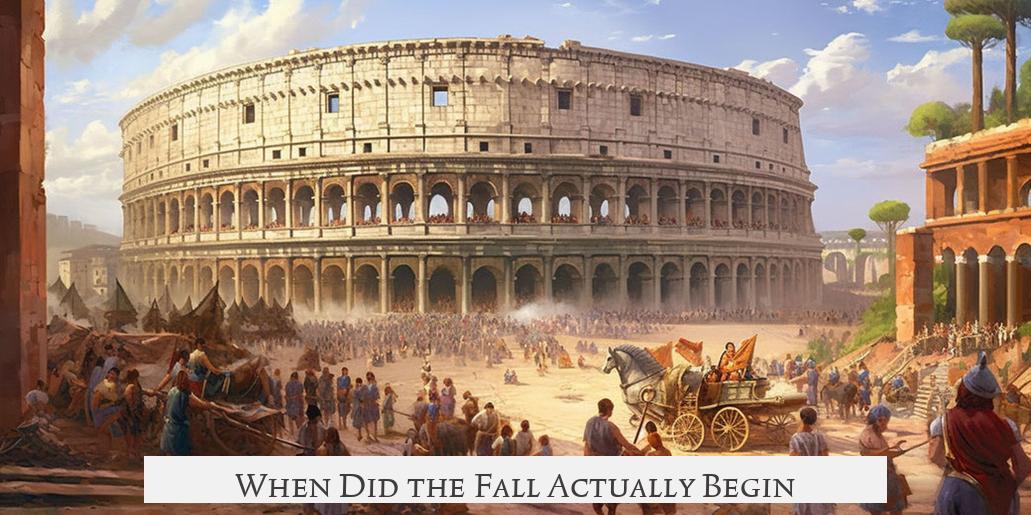
Here’s where things get interesting—and complicated. The decline starts around AD 180, right after Marcus Aurelius dies, kicking off what historians call the “Crisis of the Third Century.” Think of it as Rome facing a never-ending string of drama: internal revolts, economic collapse, and invasions from all sides.
Sure, there were moments of hope. Emperors like Septimius Severus and Constantine I tried patching things up, but the cracks kept spreading. The Empire teetered rather than stood firm.
The Big Split: East vs. West
The Roman Empire’s troubles worsened in the late 300s. In AD 395, after Emperor Theodosius I died, the Empire formally split into Eastern and Western halves. This divide felt almost like a buddy movie gone wrong—one brother (the East) got richer, stronger, and more organized, while the other (the West) struggled to hold things together.
The Western Roman Empire faced constant attacks from tribal groups—barbarians who chipped away at its borders and morale. Meanwhile, the Eastern Roman Empire, which we often call the Byzantine Empire, held onto classic Roman traditions and wealth a bit longer.
The Western Empire’s Final Curtain Call
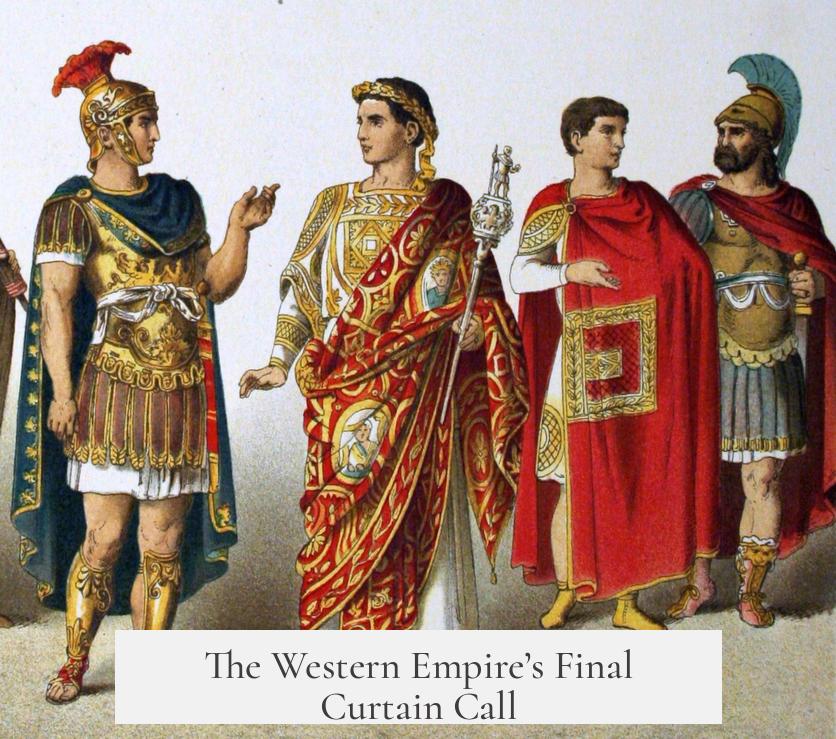
The traditional date given for the fall of the Western Roman Empire is AD 476. This is when Romulus Augustulus, the last emperor of the West (no relation to Augustus, sadly), was deposed. Many agree this date marks the endpoint of the Western Empire’s political authority.
But interestingly, the infrastructure and some semblance of Roman culture in the West lingered until at least AD 526, under the Ostrogoth leader Theodoric. Both Odoacer and Theodoric rejected the imperial title, so you could say the Empire “died” politically in 476, even as its legacy persisted a while longer.
The Eastern Roman Empire: The Byzantine Saga
Now, this is where things get even more epic. The Eastern Roman Empire didn’t just shrug and pack up. It continued on for nearly another thousand years. Under Emperor Justinian I in the 6th century, it regained some old Western territories, proving that Rome had a stubborn streak.
But after the 7th century, new challenges arrived—like the rapid rise of Islamic powers, which seized vast lands from the Byzantines. The Empire’s strength waxed and waned for centuries, with highlights such as rebirths under the Macedonian and Komnenoi dynasties.
The Final Blow: Sack and Fall of Constantinople
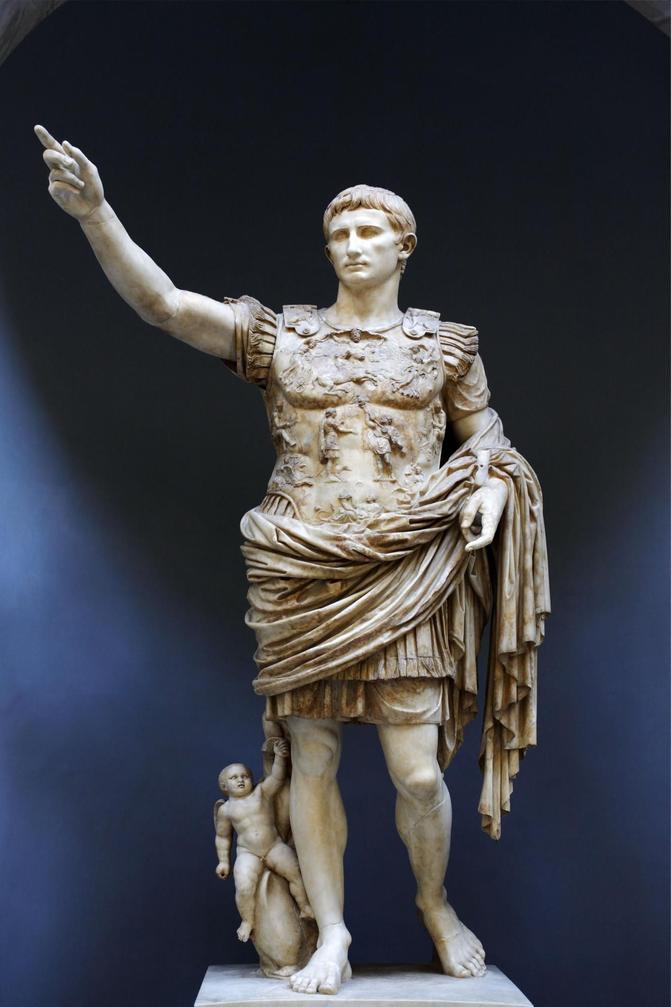
In 1204, the Byzantine Empire suffered a massive blow. The Fourth Crusade, originally meant to help Christians, ended up sacking Constantinople itself. This brutal event fragmented the Empire into smaller states like Trebizond, Epirus, and Nicaea, never quite the power it was before.
Fifty-seven years later, the Palaiologos family recaptured Constantinople and tried reviving the Empire’s glory. However, the sands of time were against them.
Then came the endgame—In 1453, the Ottomans besieged and captured Constantinople, officially bringing the millennium-old Byzantine Empire to an end. A couple of last holdouts, like Mystras and Trebizond, fell by 1461, wrapping up what was arguably the final chapter of the Roman legacy.
How Long Did the Roman Empire Last? Different Takes on Duration
| Definition | Time Span | Years Lasted |
|---|---|---|
| Traditional founding of Rome (753 BC) to fall of last Byzantine holdout (AD 1461) | 753 BC to 1461 AD | 2,214 years |
| Roman Empire as autocratic system, from Julius Caesar dictatorship (44 BC) to Byzantine fall (1461 AD) | 44 BC to 1461 AD | 1,505 years |
| Roman state with major power, from 300 BC to Byzantine peak decline (1200 AD) | 300 BC to 1200 AD | 1,500 years |
| Powerful and united Republic/Empire (excluding wars), from 250 BC to East-West split (395 AD) | 250 BC to 395 AD | 645 years |
So as you can see, answering “how long did it take for the Roman Empire to fall?” depends on which end of the timeline you pick and how you define ‘fall.’ It wasn’t a drop but a long fade.
Why Does This Matter for Us?

Studying Rome’s “fall” helps us understand how massive systems unravel over time. Civil unrest, weak leadership, external pressures, and economic woes created a perfect storm. It invites us to ask: Are there lessons today about sustaining complex societies? Or is decline inevitable after too many centuries?
If the Roman Empire taught us anything, it’s that the “fall” isn’t a moment of defeat but a drawn-out story—a slow fading of power, culture, and identity that took well over a millennium to complete. Trying to pinpoint one last day when Rome fell? That’s like trying to nail jelly to a wall.
For Curious Minds: Quick Recap
- The fall started with crises from AD 180 and stretched over centuries.
- The Western Roman Empire “fell” in AD 476 with its last emperor’s overthrow.
- The Eastern Roman (Byzantine) Empire endured till 1453 when Constantinople fell.
- Depending on definitions, Rome’s political and cultural life spanned anywhere from 645 to over 2200 years.
So next time someone asks, “How long did it take for Rome to fall?” you can impress them with the real story—it’s a marathon, not a sprint!
